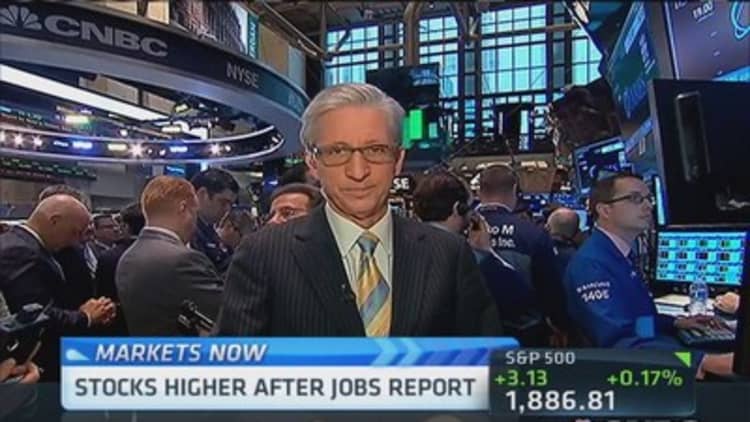The initial public offering market (IPO) continues its broad retreat. Thursday night, alternative asset manager Ares Management (ARES) priced at $19, well below the $21-$23 price talk...but opened at $18.15! Meanwhile, pizza chain Papa Murphy's (FRSH) priced at $11, the low end of the range.
Aldeyra Therapeutics, a clinical-stage biotech developing treatments for rare skin and eye diseases, raised $12 million by offering 1.5 million shares at $8, below the price talk of $10 to $12.
So far, all 19 of the IPOs priced since April 10 have fallen below the mid point of their ranges, according to Renaissance Capital. Almost three-fourths (or 14 of the 19) priced below their ranges.
The bottom line: public offerings have shifted from a sellers market to a buyers market.
Meanwhile, the backlog of technology IPOs is growing longer. Nearly a dozen companies have "publicly" announced they are seeking to go public recently. In most cases, after a 21-day lag, the companies would announce pricing terms and begin a roadshow, then begin trading publicly two to three weeks later.
That hasn't happened. Renaissance Capital counts 11 tech companies that have announced intentions to float stock, yet have not announced terms. This includes cloud storage darling Box; JD.com, the largest direct sales company in China; tech/healthcare company Imprivata; ethernet switch company Arista Networks; and Zendesk, customer service software as a service.
When will the IPO market turn around? When the stock market stabilizes.
Elsewhere

The April jobs report was incredibly confusing. Nonfarm payrolls clocked in at 288,000, way better than the 210,000 estimate. The data saw big revisions in prior months: February was revised up from 197,000 to 222,000, while March's figure moved up from 192,000 to 203,000.
Great news, perhaps. What analysts want is the household numbers to move in the same direction as the establishment number. On the surface, this appears to have happened: the U.S. unemployment rate drops to 6.3 percent, the lowest level in 5 1/2 years.
Still, there's a big problem: the labor force participation rate fell to its lowest level since 1978, to 62.8 percent, representing a drop of 806,000 in the labor force. That's a big drop when everyone was expecting it to rise.
In other words, the unemployment rate decline was mostly due to a large number of people dropping out of the work force. Huh? Most surveys indicate that the workforce is increasing, with people coming back into the market.
The end result is a report that provides almost no clarity about the health of the labor market. Little surprise that after an initial bullish reaction the bond market has become somewhat muted. Prices are down, with yields on the 10-year going from 2.63 percent to 2.67 percent right after the report came out. Stocks rallied, then fell back.
--By CNBC's Bob Pisani



